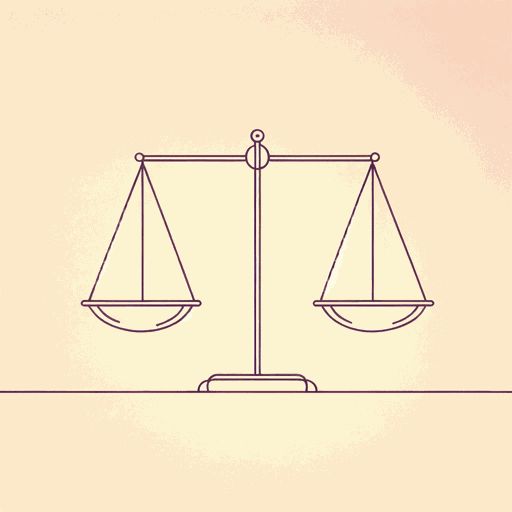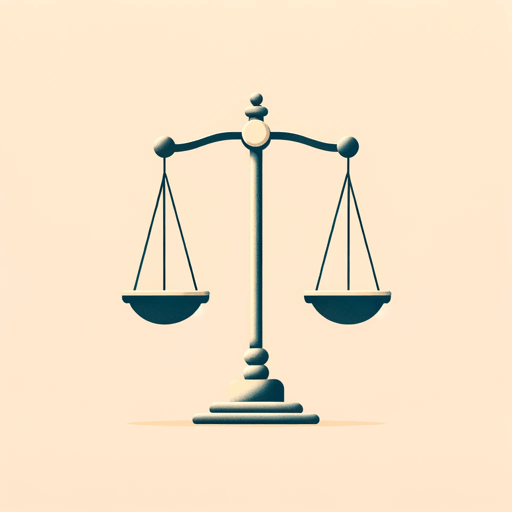74 pages • 2 hours read
John RawlsA Theory of Justice
Nonfiction | Reference/Text Book | Adult | Published in 1971A modern alternative to SparkNotes and CliffsNotes, SuperSummary offers high-quality Study Guides with detailed chapter summaries and analysis of major themes, characters, and more.
Chapter 2, Sections 10-19Chapter Summaries & Analyses
Chapter 2, Section 10 Section Summary: “Institutions and Formal Justice”
The principles of justice for institutions differ from the principles of justice for individuals. An institution is “a public system of rules which defines offices and positions with their rights and duties, powers, and immunities, and the like” (47). An institution may be thought of either as an abstract object or “as the realization in the thought and conduct of certain persons at a certain time and place of the actions specified by these rules” (48).
An institution exists in a definite time and place, and it specifies actions to be taken “in accordance with a public understanding that the system of rules defining the institution is to be followed” (48). An institution’s rules—and each person’s participation in such—are treated as the result of an agreement based on a public understanding of what is just and unjust. Therefore, an institution is measured as just or unjust by how it is effectively and impartially administered.
Rawls writes:
If we think of justice as always expressing a kind of equality, then formal justice requires that in their administration laws and institutions should apply equally to those belonging to the classes defined by them (51).
In this way, formal justice is obedience to a system, the strength of which depends on the justice of the system’s institutions.
Related Titles
By John Rawls



